You know. Common stuff.
I don’t think that these are particularly bad ukes either (though the Makala comes close, but I’ll save that for a future review), but they are nothing special and there are issues. They’re the kind of ukuleles that you look at and immediately start thinking of when you’re going to upgrade. And if my kids stick with the ukulele and want something a bit more serious without breaking the bank, I’m pointing them to Pono.
The last Pono I reviewed was close to the top of their price range and it was very, very nice. It had all sorts of frills, bells, whistles, and extra stuff that made it brag-worthy. But what if what you’re interested in is just having an uke that delivers where it matters most so you can save as much money and get the biggest bang for your buck?
If that’s the case, check out the Pono AT. Where most import, budget-focused ukes feature plywood bodies and plastic parts, Pono – ALL Ponos – feature solid woods and no plastic bridges or saddles. This means that as they’re played, their tone will change and open up, leaving you with a better-sounding ukulele (not that they don’t start out sounding good, but they will sound better with the more attention they get). Solid woods are more susceptible to temperature or humidity changes, but if you use a case humidifier, a room humidifier, or are in a moderately moist environment (read: not in the Midwest US during the winter when the heater is sucking all the water out of the air), you’ll be fine.
It features a body made of acacia – a cousin of the more expensive koa wood Hawaii is famous for. This means the tone will be similar while not costing a ton of money. It also features a rope rosette, a nicely figured rosewood fretboard and bone nut and saddle. One more thing it features is a truss rod which is sometimes a bit of a rarity in the ukulele world, so if the neck needs adjustments, it’s an easy thing to accomplish.
It lacks some of the frills of more expensive models – the finish is satin, there isn’t a slot-headstock option, and the fretboard is flat. These aren’t required to have a good ukulele, though, and the bones of it still shine quite well. The frets are nicely rounded and polished so there’s no scratchy sounds during bends or vibrato, the tone is sweet, the satin neck is more comfortable to move your hand around on then gloss, and you feel more comfortable playing with it since you paid less.
How much is “less?” The Ukulele Site sells these for $351 each. That is incredibly affordable for an uke that will last a lifetime.
Find this Pono and many more at our website HERE.

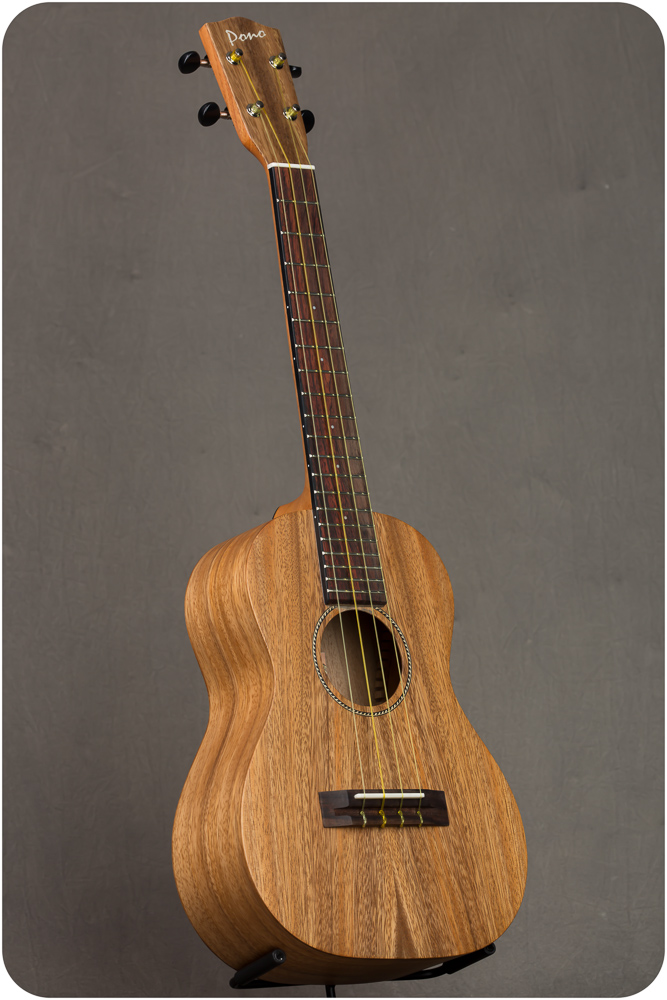
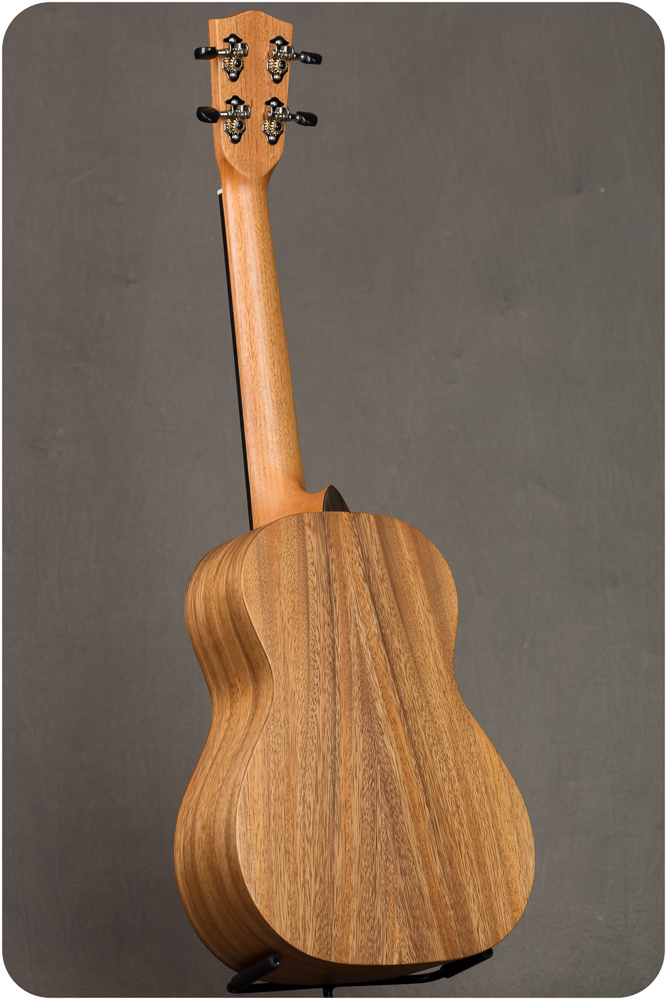
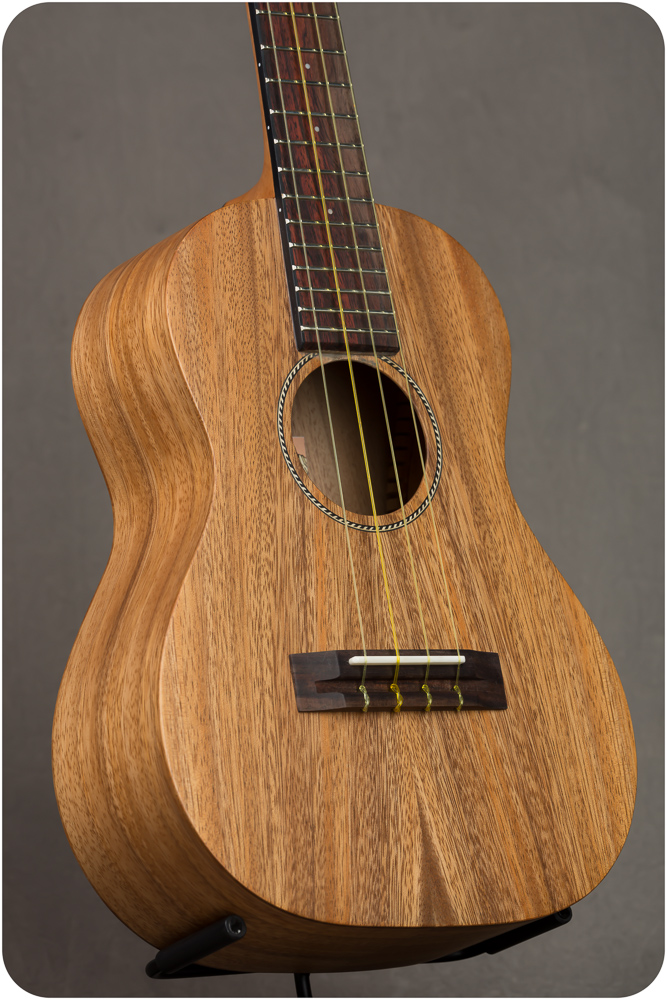
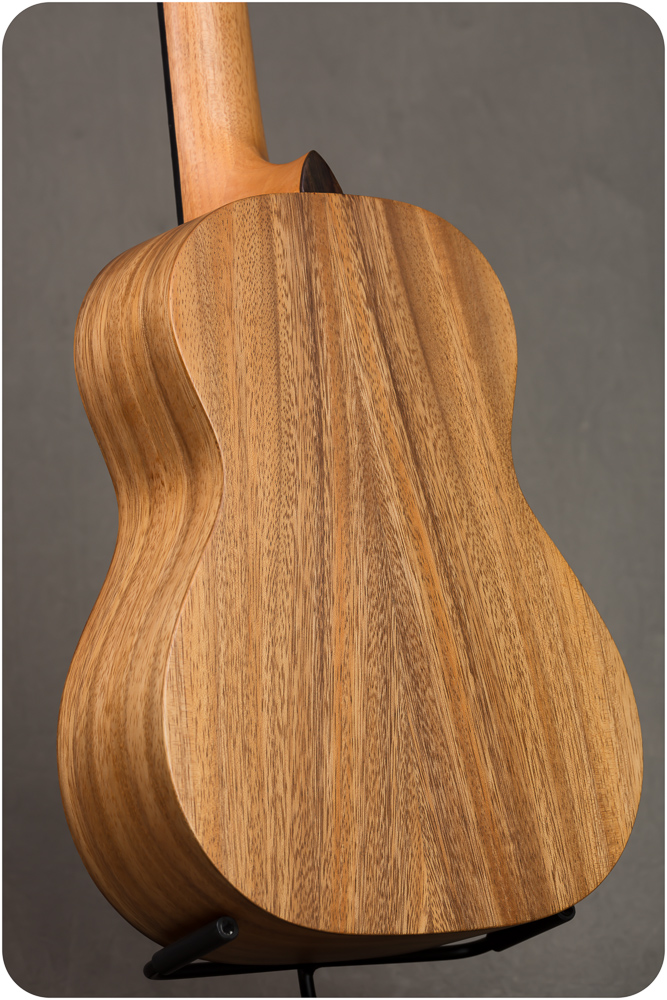
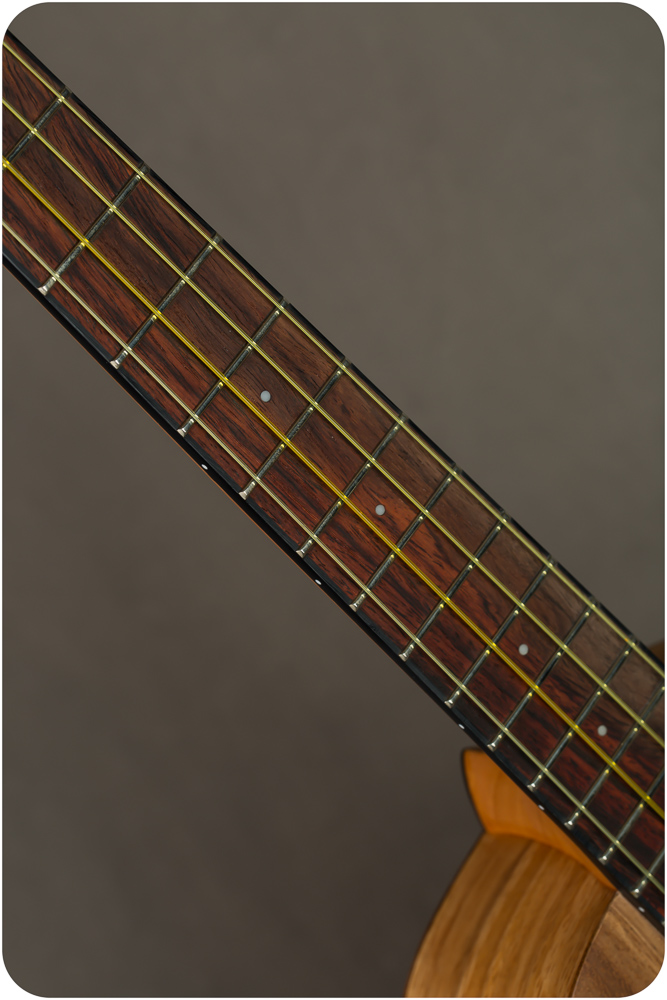
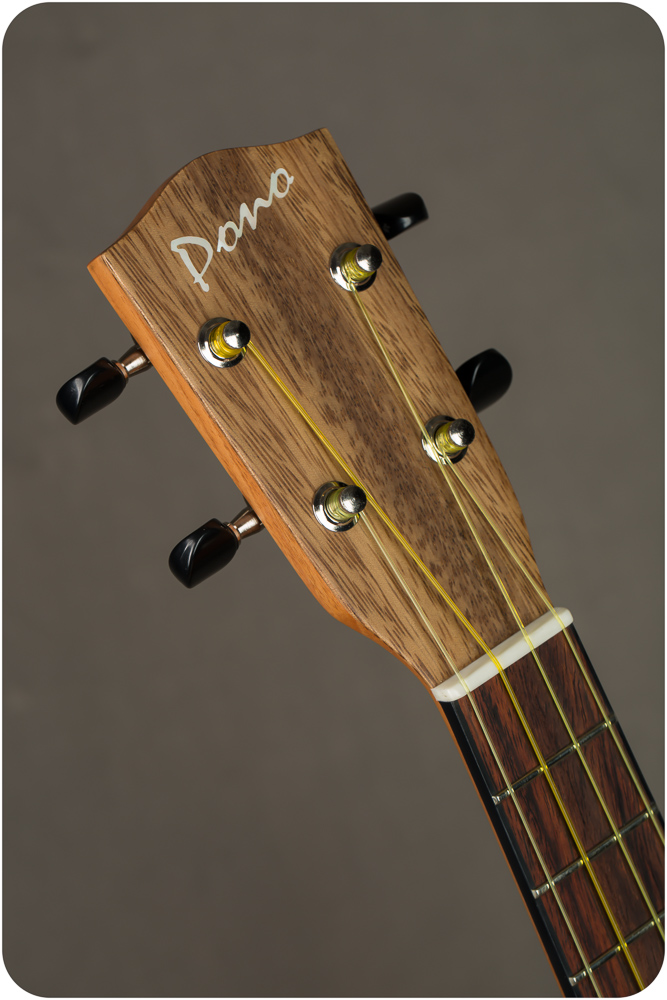
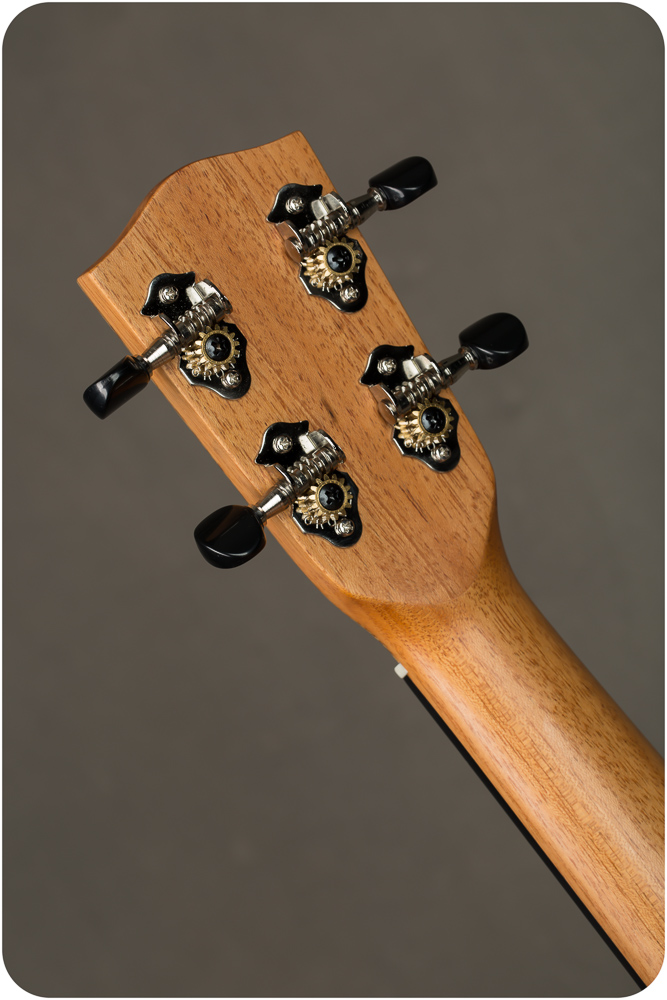
Comments 4
I owned this uke and I agree with almost everything in this review. “the bones of it still shine quite well” — very true as this uke is built very well with quality materials.
I would caution about whether the sound will open up. YMMV, but there have been blind listening tests in the guitar world where experts couldn’t identify which were new guitars and which were vintage.
I wanted a mango uke, but didn’t want to pay a lot for it. The mango MGT was a perfect fit. It has a very different, sweeter sound than acacia. Every time I play it, I am impressed by the quality of the construction and workmanship. It’s comfortable to play. I don’t think you can go wrong with a properly setup Pono.
I wonder if the “sound opening up” over time might be a factor of increased familiarity with the instrument so you can do more with it, and growth and refinement of the player’s abilities. But I’m a beginner, so my opinion about this is still evolving. I can’t wait to find out as I continue to learn and grow as a player.
This was my first real ukulele and I love it, glad I spent the extra money on this because it’s so much more fun to play. Granted I started on a camping uke (so.. plastic/waterproof) and anything feels better than that. 🙂 I’m still a beginner so I can’t really tell the difference between sound but the Pono’s fret board worked better for my fingers than the Kala when I went to try them out. It’s a smidge wider and just felt more comfortable. I don’t have big hands but for some reason the wider fret board helped me with my F chord.
I own this uke, but splurged on the gloss finish. It sounds beautiful and is enjoyable to play. It came dialed in with low action, no buzzing, etc. It’s not as loud as the spruce tops, but I’m okay with that. I get a lot of interest and compliments on it from folks who have been playing for years.
I am glad that it came with a humidifier. As a newbie, I probably wouldn’t have bothered to buy one. But now I appreciate that my Pono will be in good condition for a long time.